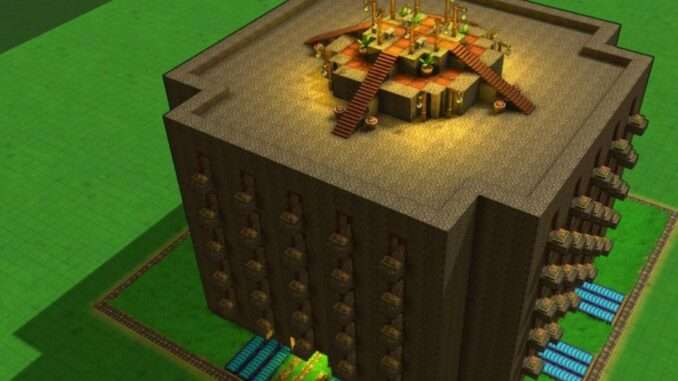
All types of conveyors must be designed to handle specific loads, speeds and operating conditions. They are often used in conjunction with other materials handling equipment such as lift trucks, forklifts and pallet jacks.Ĭonveyor belts come in many different sizes ranging from small conveyors that handle raw materials to large conveyors that move finished goods onto trucks. We have a wide variety of models available from trusted manufacturers including FLECO and BERNARD.Ĭonveyor belts are used to transport products or materials through a manufacturing process, warehouse or distribution center. If you’re looking for a conveyor belt system, you’re in the right place. The third benefit of using a conveyor belt model is that it saves time because goods do not have to be manually moved from one place to another in order for them to reach their destination quickly but rather they are automatically transported from one location Hence, there will be no risk of accidents occurring during transport if you use this method instead of trucks or forklifts where humans are required for operation. They can withstand high pressure loads without getting damaged easily.Īnother advantage of using a conveyor belt system is that it provides superior safety compared to other modes of transportation like trucks or forklifts because it does not require human intervention.

This is because the belts are very strong and durable. It can carry weights up to 50 tons or more. The first advantage of using a conveyor belt system is that it can transport heavy loads without any problem. Some of these advantages are listed below: It has a number of benefits over other methods of transportation such as trucks and forklifts. The conveyor belt is also known as a moving sidewalk. It is used for transporting goods from one place to another. The conveyor belt is an important part of a warehouse or factory. Today, we are going to talk about the conveyor belt model. The principle of this model is that organisations can be characterised by how they interact with each other. It has evolved from the hierarchy and part of the evolutionary theory (Hersey, Blanchard and Johnson, 1969) through the integrative theory (Kerr and Jermier, 1984) to its current version – network model of organisation (Gurtner and Hult, 2007). The conveyor belt model was developed as a new approach to the organisational learning. It has become a major production of many countries.

The production of cemented carbide and non-cemented carbide has been around for nearly fifty years since Sweden pioneered the technology.


 0 kommentar(er)
0 kommentar(er)
